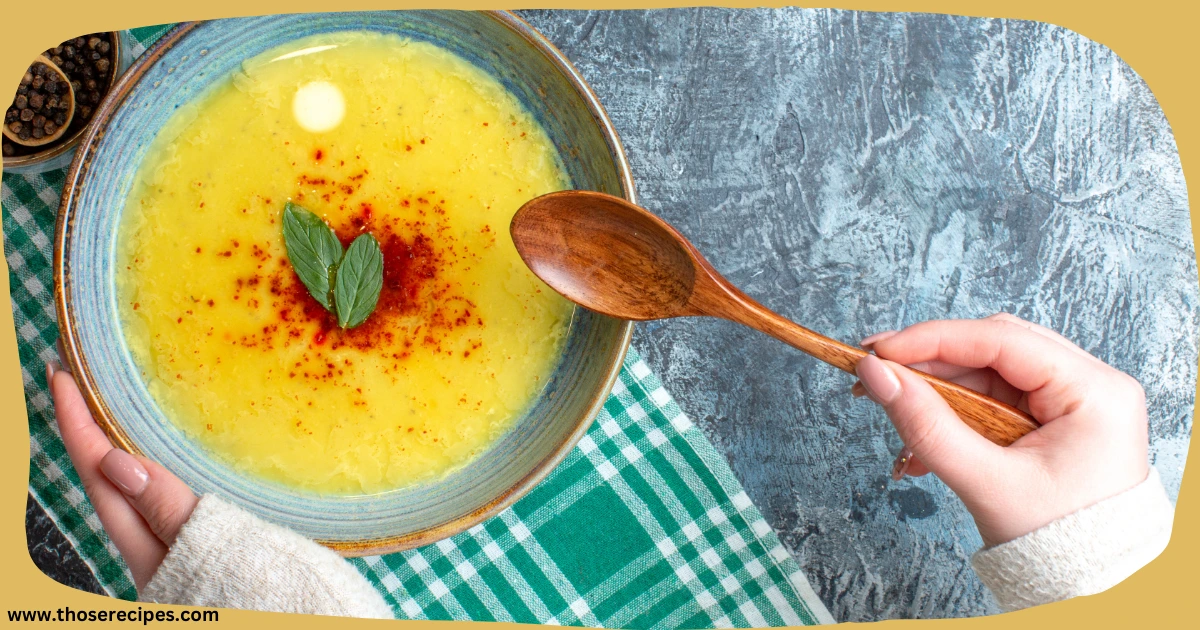Table of Contents
joan nathan chickpea soup recipe – A Timeless Culinary Treasure
A Taste of Peru: Discover the Magic of This Flavorful Dish
Imagine walking through the vibrant streets of Lima, where the scent of sizzling onions, garlic, and spices fills the air. In every home, families gather around the table to enjoy a warm, comforting meal that brings tradition and flavor together. One dish that stands out is Churu Chicken Amarillo—a rich and creamy recipe infused with the bold flavors of Aji Amarillo, a beloved Peruvian chili.
Whether you’re a food enthusiast looking to explore new cuisines or simply searching for a delicious and easy-to-make meal, this recipe is sure to impress.
Why You’ll Love This Dish
✅ Authentic Peruvian flavors – A perfect blend of heat, creaminess, and spice.
✅ Simple yet delicious – Easy-to-follow steps for a restaurant-quality meal.
✅ Customizable – Adjust the spice level and ingredients to suit your taste.
What You’ll Learn
- The History Behind the Dish – Why Aji Amarillo is a key ingredient in Peruvian cuisine.
- Step-by-Step Cooking Guide – From preparing the sauce to perfecting the chicken.
- Serving & Pairing Suggestions – The best sides and drinks to complement your meal.
Are you ready to bring the flavors of Peru into your kitchen? Let’s dive into this step-by-step guide and create a dish that will leave everyone asking for seconds! 🍽️🔥
The Ingredients for joan nathan chickpea soup recipe
Crafting the perfect joan nathan chickpea soup recipe starts with gathering the right ingredients. Each component plays a vital role in building the soup’s flavor profile, texture, and nutritional value. Whether you’re following the recipe to the letter or customizing it to suit your preferences, understanding the ingredients is the first step to success.
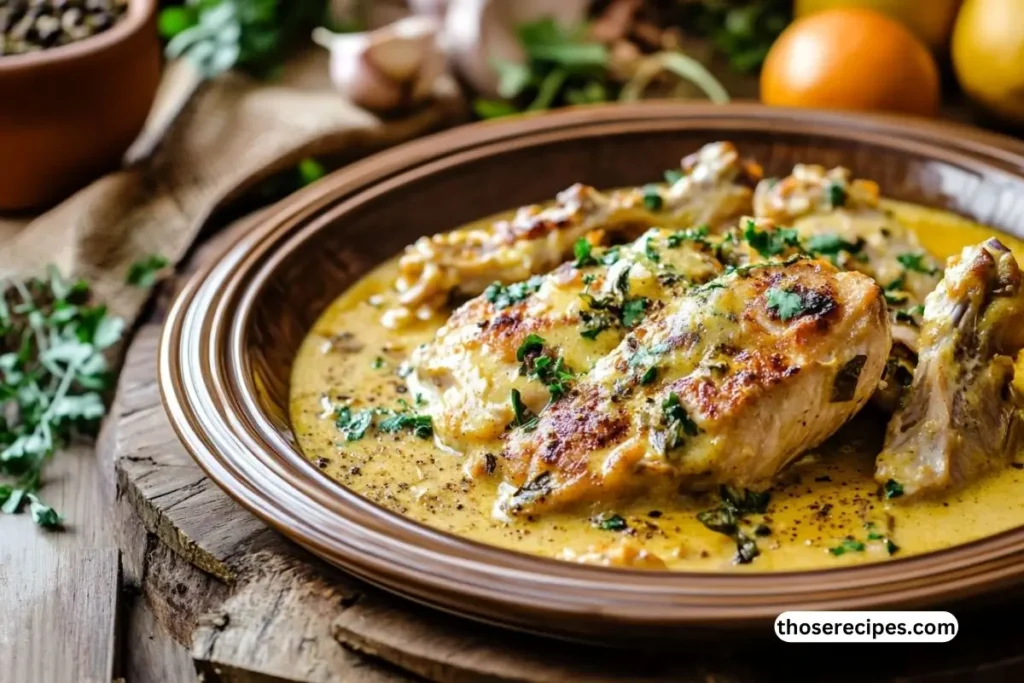
Essential Ingredients for Authentic Flavor
To stay true to Joan Nathan’s vision, prioritize fresh, high-quality ingredients. Here’s a breakdown of the key elements:
- Chickpeas: The star of the dish, chickpeas are rich in protein and fiber. Opt for dried chickpeas for authenticity, but canned chickpeas can work as a time-saving substitute.
- Onions and Garlic: These aromatics lay the foundation for a robust flavor. They are sautéed until golden to release their sweetness.
- Spices: Cumin, coriander, and a touch of paprika are commonly used to enhance the soup’s Middle Eastern essence.
- Olive Oil: A drizzle of extra virgin olive oil adds richness and depth.
- Broth: Use vegetable, chicken, or beef broth based on your preference. A well-seasoned broth elevates the soup’s overall flavor.
Optional Ingredients for Customization
While the core ingredients are essential, you can personalize the recipe to make it your own:
- Vegetables: Carrots, celery, or spinach can add more nutrients and color.
- Lemon Juice: A splash of lemon brightens the soup and balances the richness.
- Herbs: Fresh parsley or cilantro can be used as garnishes for added freshness.
Ingredient Table for Easy Reference
| Ingredient | Quantity | Notes |
| Dried Chickpeas | 1 cup | Soaked overnight for best results |
| Onion | 1 large | Finely chopped |
| Garlic | 3 cloves | Minced or crushed |
| Olive Oil | 2 tbsp | Extra virgin for best flavor |
| Cumin Powder | 1 tsp | Adjust to taste |
| Broth (any type) | 4 cups | Ensure it’s well-seasoned |
With this ingredient list in hand, you’re ready to dive into the cooking process and experience the magic of the joan nathan chickpea soup recipe.
How to Make joan nathan chickpea soup recipe
Bringing the joan nathan chickpea soup recipe to life requires a careful yet straightforward approach. With a few basic techniques and some attention to detail, you can recreate this comforting dish in your own kitchen. Whether you’re a seasoned cook or just starting, following these steps will ensure a delicious outcome.
Step 1: Preparing the chickpeas
The foundation of this recipe lies in perfectly cooked chickpeas. Here’s how to prepare them:
- Soak the Chickpeas: If using dried chickpeas, soak them overnight in plenty of water. This softens them and reduces cooking time.
- Cook the Chickpeas: Drain and rinse the soaked chickpeas. Boil them in a large pot of salted water for 1-1.5 hours until tender. Alternatively, you can use a pressure cooker or an Instant Pot for faster results.
- Use Canned Chickpeas (Optional): For convenience, canned chickpeas are a great option. Drain and rinse thoroughly to remove excess salt.
Step 2: Building the Flavor Base
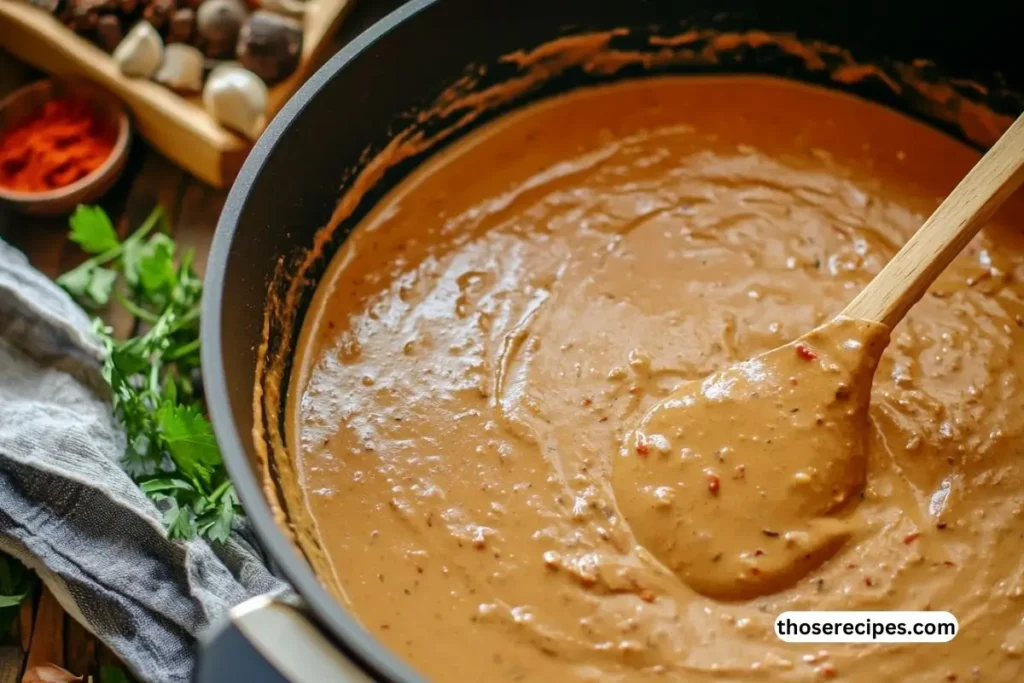
The next step is creating the aromatic base that defines the soup’s flavor:
- Sauté Aromatics: Heat olive oil in a large pot over medium heat. Add chopped onions and minced garlic, stirring until they become golden and fragrant.
- Add Spices: Stir in cumin, coriander, and paprika. Toasting the spices in the oil releases their full flavor.
Step 3: Simmering the Soup
With the base ready, it’s time to combine everything:
- Add Broth and Chickpeas: Pour in your chosen broth and stir in the cooked chickpeas. Bring the mixture to a boil, then reduce to a simmer.
- Let It Simmer: Allow the soup to simmer gently for 20-30 minutes, letting the flavors meld together.
Step 4: Finishing Touches
As the soup nears completion, these final steps elevate it:
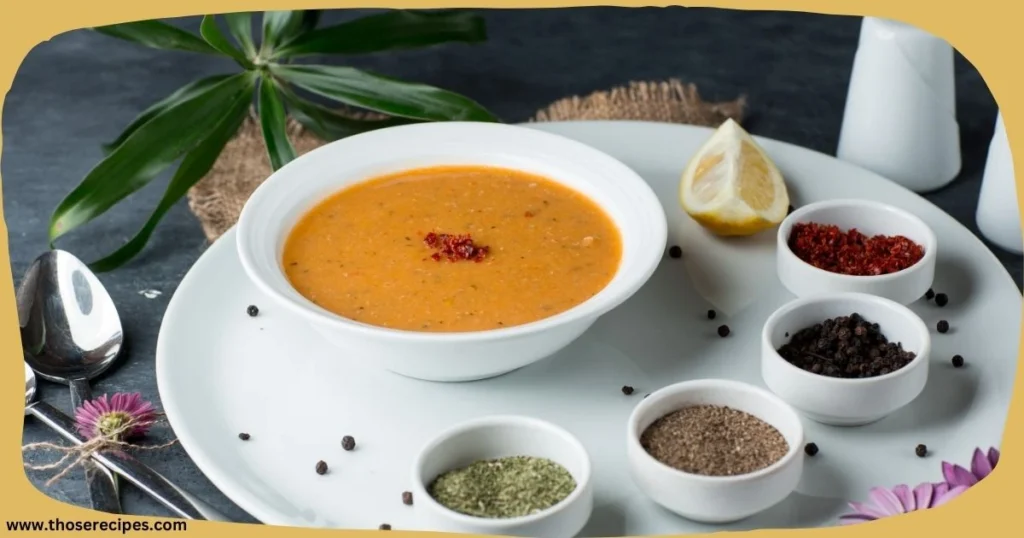
- Blend for Texture (Optional): Use an immersion blender to partially blend the soup for a creamy consistency while leaving some chickpeas whole.
- Season to Taste: Adjust salt, pepper, and any additional spices.
- Add Lemon and Garnishes: A squeeze of fresh lemon juice and a sprinkle of parsley or cilantro bring brightness to the dish.
Expert Tips for Best Results
- Consistency Control: Add more broth if the soup becomes too thick during simmering.
- Time Saver: Use pre-cooked or canned chickpeas to reduce prep time without sacrificing flavor.
- Extra Richness: Stir in a dollop of tahini or yogurt for a creamier texture.
By following these steps, you’ll master the joan nathan chickpea soup recipe, creating a dish that is both hearty and deeply satisfying. Get ready to enjoy a bowl of tradition and flavor!
Cultural and Historical Significance of chickpea soup
The joan nathan chickpea soup recipe is more than just a comforting dish—it’s a flavorful bridge to centuries of tradition and cultural significance. Chickpeas, one of the world’s oldest cultivated legumes, have long been a staple in Jewish, Middle Eastern, and Mediterranean cuisines. Through Joan Nathan’s recipe, this timeless ingredient takes center stage in a dish that embodies culinary heritage and storytelling.
For those who want to delve deeper into cultural connections, recipes like ancient Byzantine dishes offer context to the timeless appeal of legumes in diverse cuisines. Moreover, this recipe is a reminder of how simple ingredients, when treated with care, can result in extraordinary flavors.
Origins of Chickpea Soup
Chickpea soup traces its roots to ancient civilizations. Chickpeas were first cultivated in the Middle East over 7,000 years ago, making their way into Egyptian, Greek, and Roman diets. They were prized for their versatility, nutritional value, and ability to sustain communities during times of scarcity.
In Jewish cuisine, chickpeas have historically been associated with celebration and sustenance. From being used in traditional Sabbath meals to featuring in holiday dishes, they symbolize nourishment and resilience.
Joan nathan’s Role in Preserving Tradition
Joan Nathan, a renowned authority on Jewish cuisine, has dedicated her career to preserving and modernizing traditional recipes. Her joan nathan chickpea soup recipe is a testament to this mission. By combining historical elements with contemporary techniques, Nathan has made this dish accessible to a global audience while honoring its roots.
Nathan’s work often reflects the migration of Jewish communities and the adaptation of their cuisines. The spices in her recipe, such as cumin and coriander, highlight the influence of Middle Eastern flavors, while the simplicity of the preparation echoes the resourcefulness of early cooks.
The Universal Appeal of chickpeas
While this recipe is steeped in Jewish culinary history, its appeal is universal. Across cultures, chickpeas have been celebrated for their affordability, versatility, and ability to enhance both simple and complex dishes. Nathan’s soup showcases how this humble legume transcends boundaries, connecting people through shared flavors and traditions.
By cooking the joan nathan chickpea soup recipe, you’re not just preparing a meal—you’re partaking in a rich tapestry of history and culture, one delicious bowl at a time.
Health Benefits of chickpea soup
The joan nathan chickpea soup recipe isn’t just a treat for your taste buds; it’s also packed with nutrients that contribute to a healthy lifestyle. Chickpeas and the accompanying ingredients in this recipe provide a powerful combination of protein, fiber, vitamins, and minerals, making this soup a wholesome and nourishing choice.
Other recipe: Cheesy Taco Rice
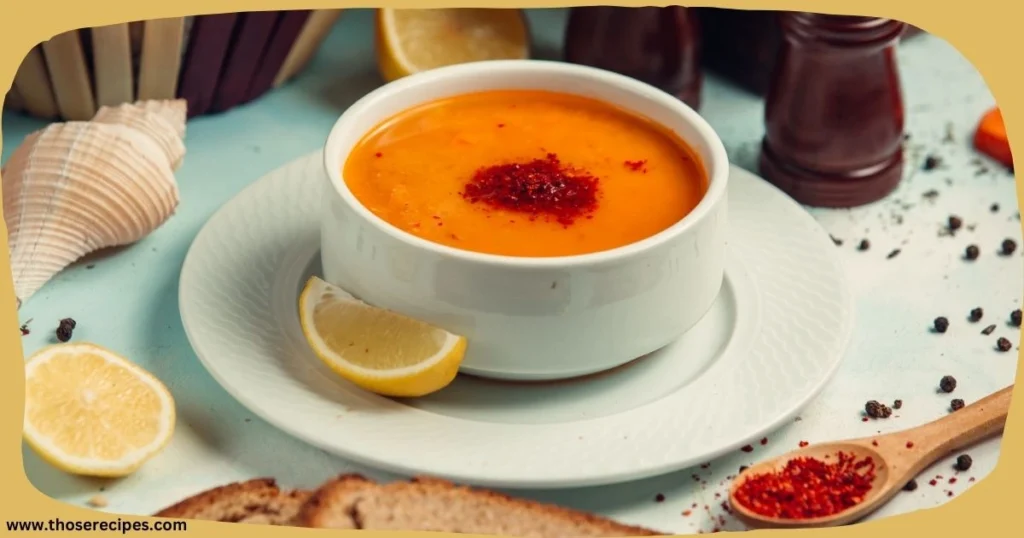
Nutritional Value of chickpeas
Chickpeas, the star ingredient of this soup, are often hailed as a superfood for good reason:
- Rich in Protein: Chickpeas are a plant-based protein powerhouse, making this soup an excellent option for vegetarians and vegans.
- High in Fiber: The high fiber content supports digestive health, helps regulate blood sugar levels, and keeps you feeling full longer.
- Loaded with Vitamins and Minerals: Chickpeas are a great source of folate, iron, phosphorus, and magnesium, which are essential for energy production and overall health.
Learn about the nutritional benefits of chickpeas to better understand why they’re such a versatile and healthy ingredient.
Benefits of Supporting Ingredients
The other components in the joan nathan chickpea soup recipe complement chickpeas to create a nutrient-rich meal:
- Olive Oil: A source of healthy fats that promote heart health and reduce inflammation.
- Garlic and Onions: Rich in antioxidants and compounds that support immunity and reduce inflammation.
- Spices: Cumin and coriander add flavor and provide digestive and anti-inflammatory benefits.
- Vegetable or Meat Broth: Depending on the choice, broth can supply additional nutrients and hydration.
Why This Soup Fits a Healthy Diet
This soup aligns with a wide range of dietary preferences and goals:
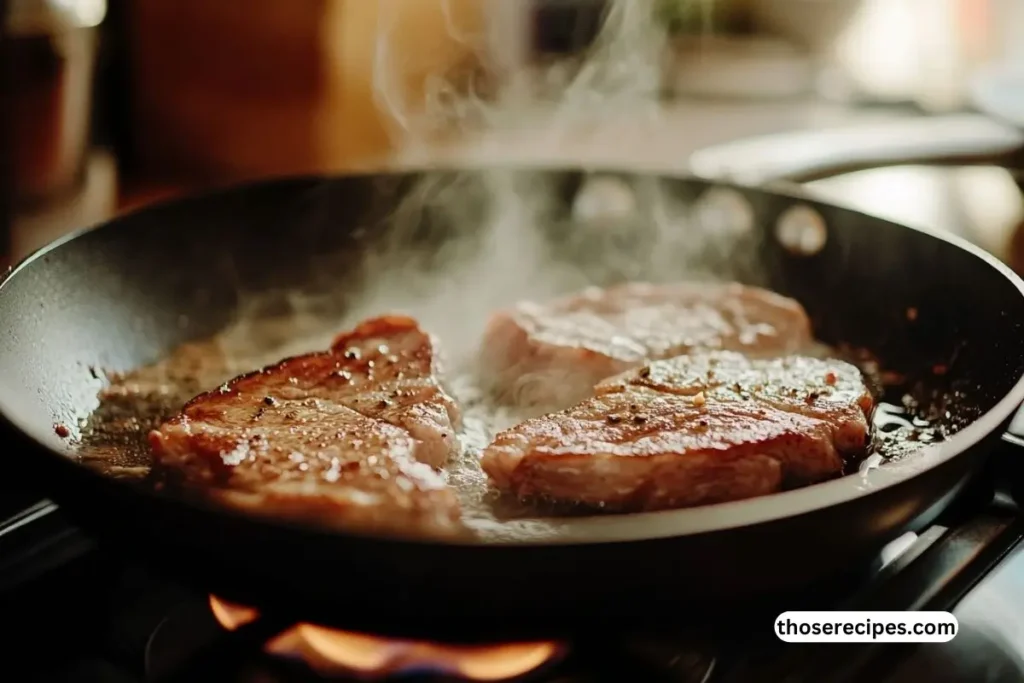
- Low in Calories and Fat: Despite its hearty flavor, the soup is light, making it ideal for weight management.
- Supports Heart Health: The combination of chickpeas, olive oil, and spices contributes to a heart-healthy diet.
- Versatile for Special Diets: Gluten-free and easy to adapt for vegan or vegetarian needs.
By incorporating the joan nathan chickpea soup recipe into your meal rotation, you’re nourishing your body with a dish that’s as beneficial for your health as it is satisfying to your palate.
Variations of joan nathan chickpea soup recipe
The joan nathan chickpea soup recipe is a versatile dish that invites creativity and customization. While the original recipe is a delightful blend of tradition and flavor, you can easily tweak it to suit your taste preferences, dietary needs, or regional influences. Below are some popular variations and ways to make the recipe your own.
Regional Twists for Enhanced Flavor
Different cultures have put their unique stamp on chickpea soup, and you can borrow from these to enhance Joan Nathan’s classic recipe:
- North African Harissa Twist: Add a dollop of harissa paste to infuse the soup with smoky heat and vibrant spices.
- Mediterranean Lemon and Herb Blend: Stir in lemon zest and fresh dill for a zesty, refreshing variation.
- Indian-Inspired Curry: Incorporate garam masala or curry powder to give the soup a bold and aromatic profile.
Customization for Special Diets
Whether you’re catering to specific dietary preferences or experimenting with new ingredients, this recipe is easy to adapt:
- Vegan Variation: Use vegetable broth and add coconut milk or tahini for creaminess.
- Protein-Packed Additions: Incorporate shredded chicken, lamb, or even quinoa for extra protein and texture.
- Gluten-Free Option: Ensure all broths and spices are certified gluten-free for a safe and flavorful dish.
Additions to Elevate the Recipe
Small changes can make a big impact on the flavor and presentation of this soup:
- Roasted Vegetables: Add roasted carrots, sweet potatoes, or bell peppers for a sweeter and smokier depth.
- Toppings and Garnishes: Finish the soup with a drizzle of olive oil, crumbled feta, or toasted pita chips for added texture and richness.
- Spice Up the Broth: Experiment with smoked paprika, cayenne, or ground turmeric for a spicier kick.
By exploring these variations, you can transform the joan nathan chickpea soup recipe into a dish that’s uniquely yours, all while staying true to its rich culinary roots. With endless options, this recipe is one you’ll come back to time and again.
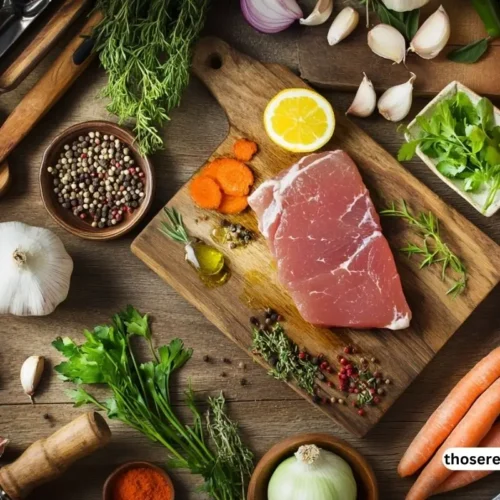
Joan Nathan Chickpea Soup Recipe : A Flavorful Classic
Equipment
- Large skillet or Dutch oven For searing the protein and simmering the sauce
- Cutting Board For chopping onions, garlic, and other ingredients
- Sharp Knife Essential for slicing ingredients evenly
- Measuring spoons For accurate seasoning and ingredient portions
- Wooden spoon or spatula For stirring the sauce and preventing sticking
Ingredients
- 2 lbs Chicken thighs Bone-in skinless for better flavor
- 3 tbsp Aji Amarillo paste Adjust based on spice preference
- 1 large Onion Finely chopped
- 4 cloves Garlic Minced
- 2 tbsp Olive oil Extra virgin
- 1 tbsp Lime juice Freshly squeezed
- To taste — Salt & black pepper Adjust as needed
Instructions
Prepare the Ingredients:
- Rinse the chicken thighs and pat them dry.
- Mince the garlic, chop the onion, and measure out the Aji Amarillo paste.
Marinate the Chicken:
- Season the chicken with salt, black pepper, and lime juice.
- Let it rest for 20 minutes for better flavor absorption.
Cook the Aromatics:
- Heat 2 tbsp olive oil in a large skillet over medium heat.
- Sauté the chopped onions for 3-4 minutes until translucent.
- Add the minced garlic and cook for 1 minute.
Add the Aji Amarillo Paste:
- Stir in the Aji Amarillo paste and cook for 2-3 minutes to release its flavors.
Sear the Chicken:
- Push the sauce to one side of the skillet and add the chicken thighs.
- Sear each side for 3-4 minutes until golden brown.
Simmer the Dish:
- Spread the sauce over the chicken thighs to coat them evenly.
- Reduce heat to low, cover the skillet, and let it simmer for 25-30 minutes, stirring occasionally.
Final Touches:
- Taste and adjust salt, pepper, or lime juice if needed.
- Garnish with chopped parsley or cilantro for extra freshness.
Serve & Enjoy:
- Serve hot with steamed rice, quinoa, or boiled potatoes.
Notes
Recipe Notes:
- Adjusting Spice Level: If you prefer a milder dish, reduce the Aji Amarillo paste to 1-2 tablespoons or mix it with yellow bell pepper puree.
- Substitutions: If Aji Amarillo paste is unavailable, use a blend of yellow bell peppers and a pinch of cayenne for a similar flavor.
- Enhancing the Sauce: For a richer, creamier texture, add 2 tablespoons of heavy cream or coconut milk at the end of cooking.
- Best Side Dishes: Serve with steamed rice, quinoa, or boiled potatoes to absorb the flavorful sauce.
- Storage & Reheating: Store leftovers in an airtight container in the refrigerator for up to 3 days. Reheat gently over low heat, adding a splash of water if needed.
- Make-Ahead Tip: The sauce can be prepared a day in advance and stored in the fridge. This helps deepen the flavors.
Tips for Storing and Serving chickpea soup
The joan nathan chickpea soup recipe isn’t just a delight to cook and eat; it’s also an excellent dish to prepare in advance and enjoy later. Whether you’re saving leftovers or planning to serve it for a special occasion, proper storage and serving techniques ensure the soup stays as flavorful as the day you made it.
Storage Tips for Maximum Freshness
To maintain the quality of your soup, follow these storage tips:
- Refrigeration: Allow the soup to cool to room temperature before transferring it to an airtight container. Store in the refrigerator for up to 4 days.
- Freezing: For longer storage, freeze the soup in portion-sized containers. It can last for up to 3 months in the freezer without losing its flavor or texture.
- Reheating Instructions: Reheat the soup gently over medium heat, adding a splash of broth or water to maintain its consistency.
Serving Suggestions for a Complete Meal
Elevate your presentation and pairings with these ideas:
- Garnish with Fresh Herbs: Sprinkle freshly chopped parsley, cilantro, or mint on top for a burst of color and flavor.
- Serve with Bread: Pair the soup with warm, crusty bread or pita for a satisfying meal.
- Add a Tangy Element: Serve with a wedge of lemon or a dollop of yogurt to balance the richness with acidity.
Creative Leftover Ideas
Turn leftovers into something exciting with these tips:
- As a Sauce: Use thickened soup as a sauce over grains or roasted vegetables.
- In a Grain Bowl: Add chickpea soup to cooked quinoa or rice for a hearty grain bowl.
- Repurpose as a Dip: Blend the soup into a thicker consistency and serve it as a dip for crackers or vegetable sticks.
By following these tips, you can enjoy the joan nathan chickpea soup recipe not just once but multiple times, with its flavors and versatility shining through each time. This dish is a keeper, whether for cozy weeknight dinners or elegant gatherings.
FAQs About joan nathan chickpea soup recipe
What is Joan Nathan famous for?
Joan Nathan is renowned for her dedication to preserving and sharing the culinary traditions of Jewish cuisine. Through her cookbooks and television appearances, she has introduced the world to recipes that blend history, culture, and flavor. Her chickpea soup recipe is one such dish that exemplifies her ability to modernize traditional foods while respecting their roots.
Can I use canned chickpeas instead of dried chickpeas?
Yes, you can absolutely use canned chickpeas as a convenient alternative to dried chickpeas. Here’s how:
Rinsing and Draining: Be sure to rinse and drain canned chickpeas thoroughly to remove excess sodium and any brine.
Cooking Adjustments: Since canned chickpeas are already cooked, you can skip the soaking and boiling steps, reducing preparation time significantly.
What spices are essential for this recipe?
Spices are key to the distinctive flavor of this soup. Essential spices include:
Cumin: Adds an earthy, warm aroma.
Coriander: Lends a citrusy undertone.
Paprika: Optional but recommended for a smoky depth.
Feel free to adjust the spice levels to your taste, but these staples ensure an authentic flavor profile.
How long can I store this soup?
The joan nathan chickpea soup recipe stores exceptionally well:
Refrigerator: Store in an airtight container for up to 4 days.
Freezer: Freeze for up to 3 months. Just be sure to portion it before freezing for easier reheating.
How can I make this recipe vegan?
To make the recipe vegan:
Use Vegetable Broth: Replace chicken or beef broth with a high-quality vegetable broth.
Add Creaminess Without Dairy: Stir in tahini, coconut milk, or cashew cream for a rich texture.
What can I serve with this soup?
Pair this soup with complementary dishes to make it a full meal:
Bread: Warm pita, sourdough, or whole-grain bread works perfectly.
Salads: A crisp side salad with fresh greens, cucumber, and a lemon vinaigrette.
Rice or Quinoa: Serve the soup over a bed of grains for a heartier option.
By addressing these common questions, you’ll feel confident and prepared to tackle the joan nathan chickpea soup recipe. Whether you’re making it for the first time or experimenting with variations, these insights ensure your soup is as delicious as it is authentic.
Conclusion
The joan nathan chickpea soup recipe is more than just a dish; it’s a culinary journey that bridges tradition, nutrition, and versatility. By recreating this recipe, you’re not only savoring a bowl of hearty, flavorful soup but also engaging with the rich history and culture behind one of the world’s most beloved legumes—chickpeas.
Why This Recipe Is Timeless
Joan Nathan’s recipe stands the test of time because it combines simplicity with sophistication. The thoughtful blend of ingredients, from earthy chickpeas to aromatic spices, makes this soup a comforting classic suitable for any occasion. Its adaptability ensures it appeals to diverse palates and dietary preferences, cementing its place as a staple in kitchens around the globe.
Encouraging You to Try It
Whether you’re a seasoned cook or a beginner, this recipe is approachable and rewarding. The step-by-step guide, tips for variations, and storage suggestions make it a breeze to prepare and enjoy. Don’t hesitate to experiment with spices or add your personal touch—you’ll discover a dish that’s uniquely yours.
Share Your Experience
Once you’ve made the joan nathan chickpea soup recipe, share your thoughts, variations, or favorite pairings with friends and family. Cooking is a shared experience, and this recipe is the perfect way to bring people together. Embrace the warmth, flavor, and tradition in every spoonful!

